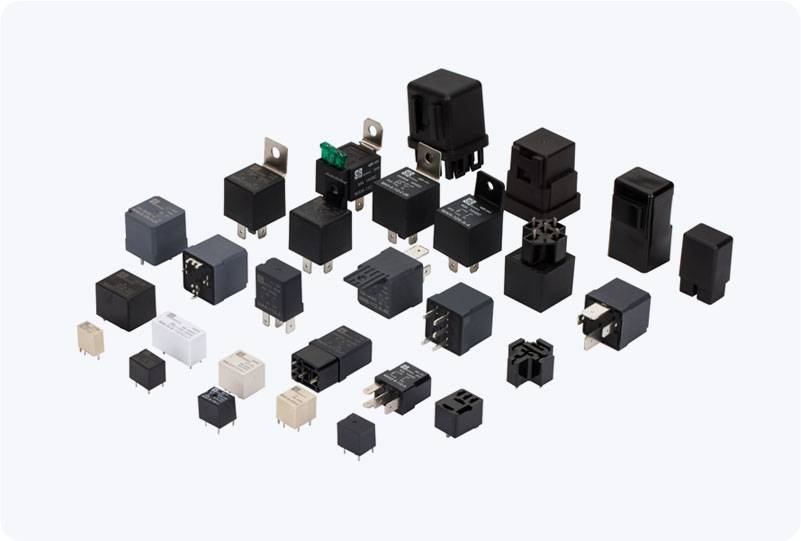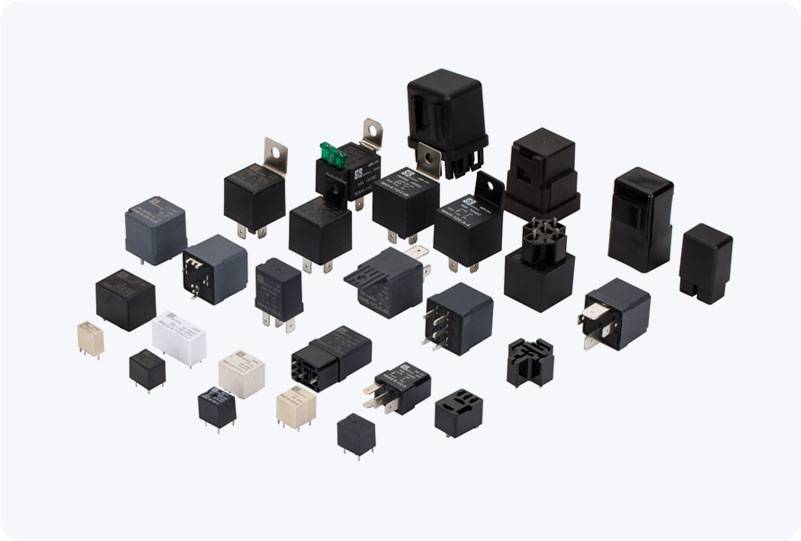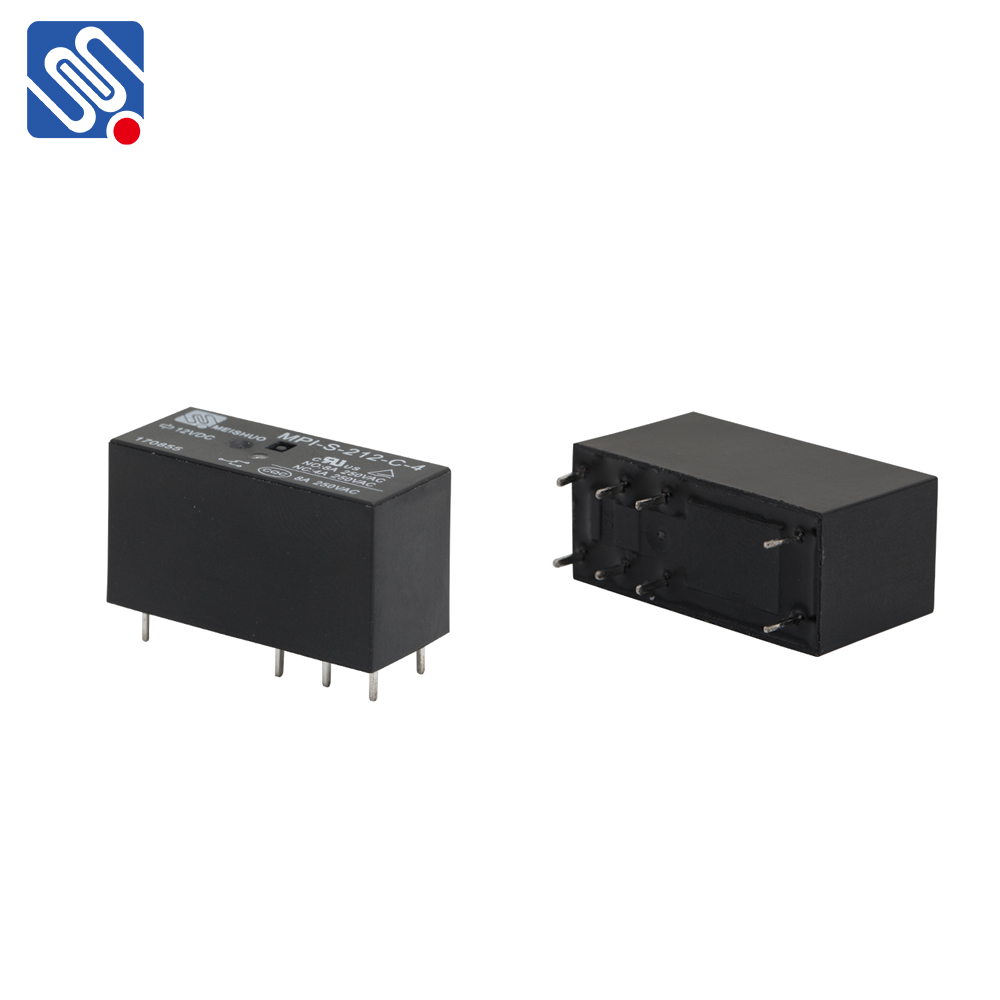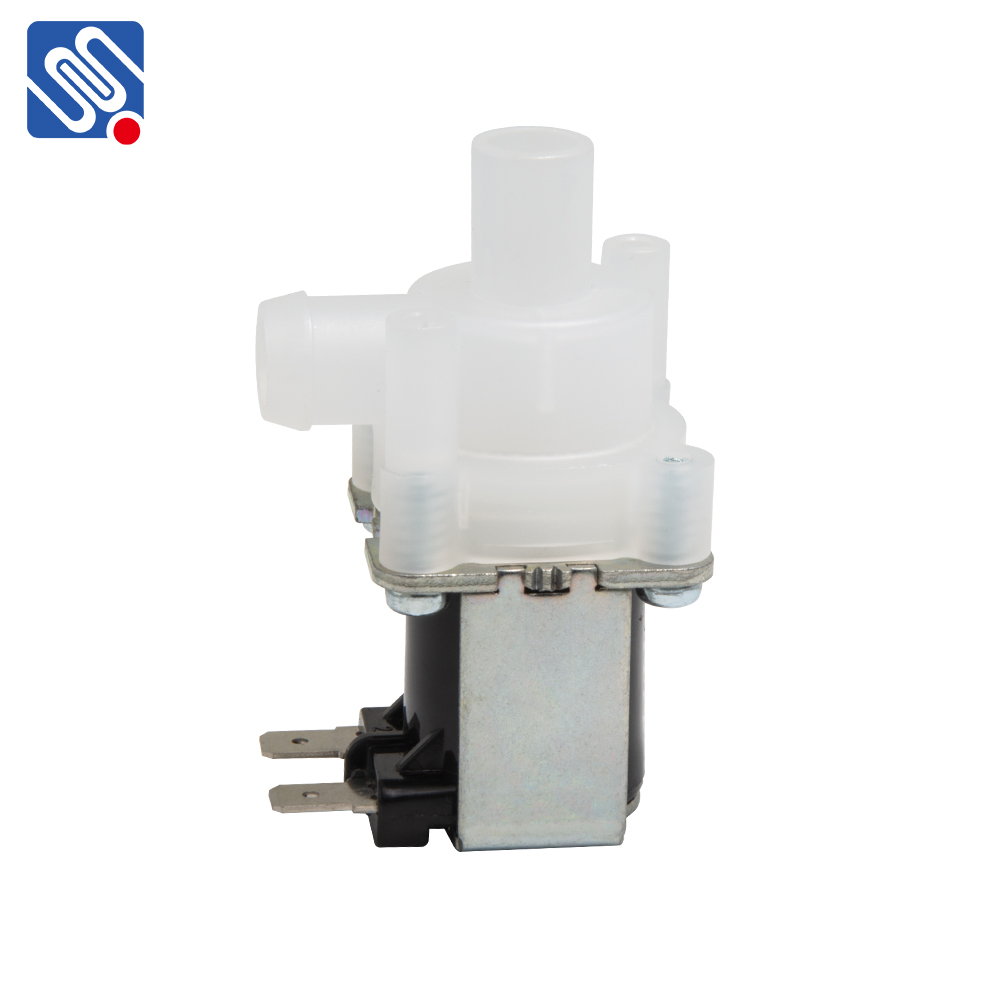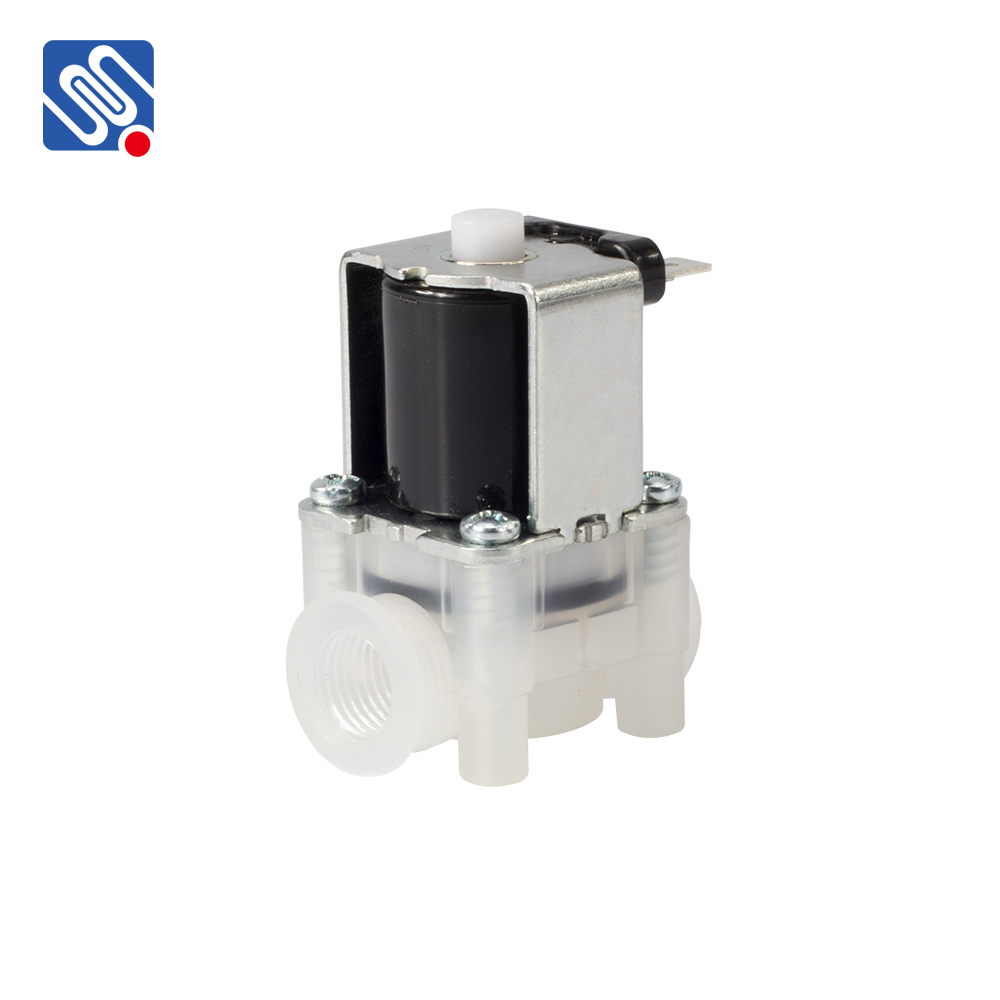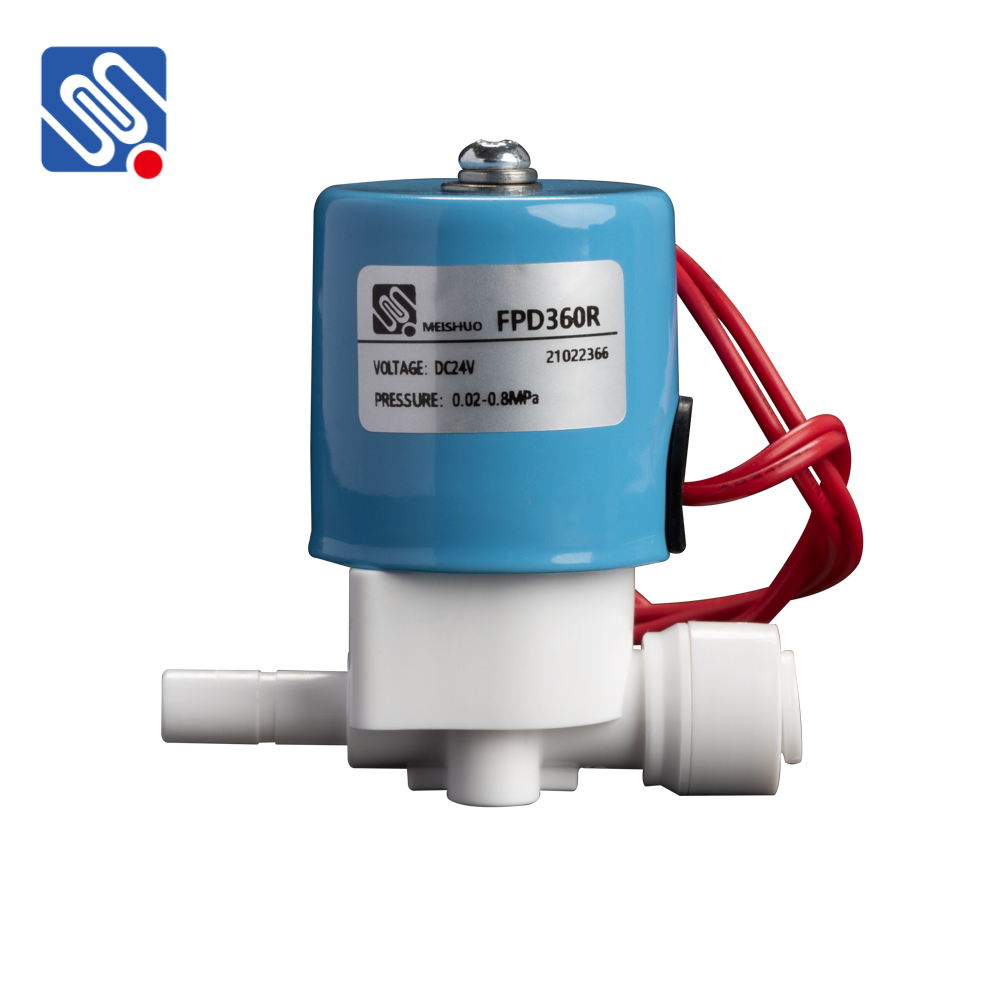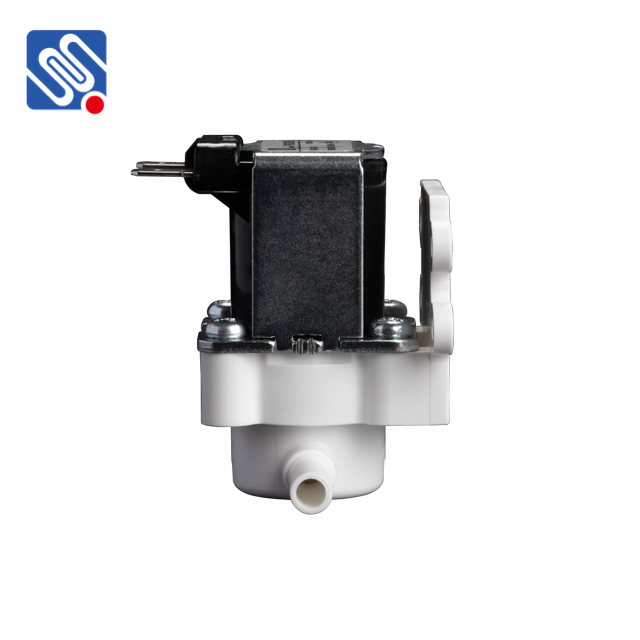Scaffolding is an essential part of construction and maintenance work, providing workers with a stable platform to perform tasks at heights. However, scaffolding systems can pose significant risks if not properly maintained or managed. One of the critical safety measures in scaffolding operations is the use of Scaffolding Lockout Tags. These tags are an integral part of ensuring worker safety during scaffold maintenance, repairs, and inspections. This article provides a comprehensive guide on the installation of scaffolding lockout tags to improve safety standards on construction sites.

What Are Scaffolding Lockout Tags? Scaffolding Lockout Tags are safety devices used to indicate that a specific part of a scaffolding system is temporarily out of service or undergoing maintenance. These tags work alongside lockout devices to prevent accidental activation or unauthorized use of the scaffolding during maintenance. They serve as a visual alert to workers and help ensure that hazardous energy sources are safely isolated before work begins. Importance of Scaffolding Lockout Tags The main purpose of lockout tags is to communicate to all personnel that a piece of equipment or a scaffold section is locked out for maintenance or repair. It ensures that only authorized individuals are allowed to remove the lockout and resume normal operations. This prevents accidental exposure to dangerous situations, such as sudden scaffold movement or electrical hazards, which can result in severe injuries or even fatalities.

